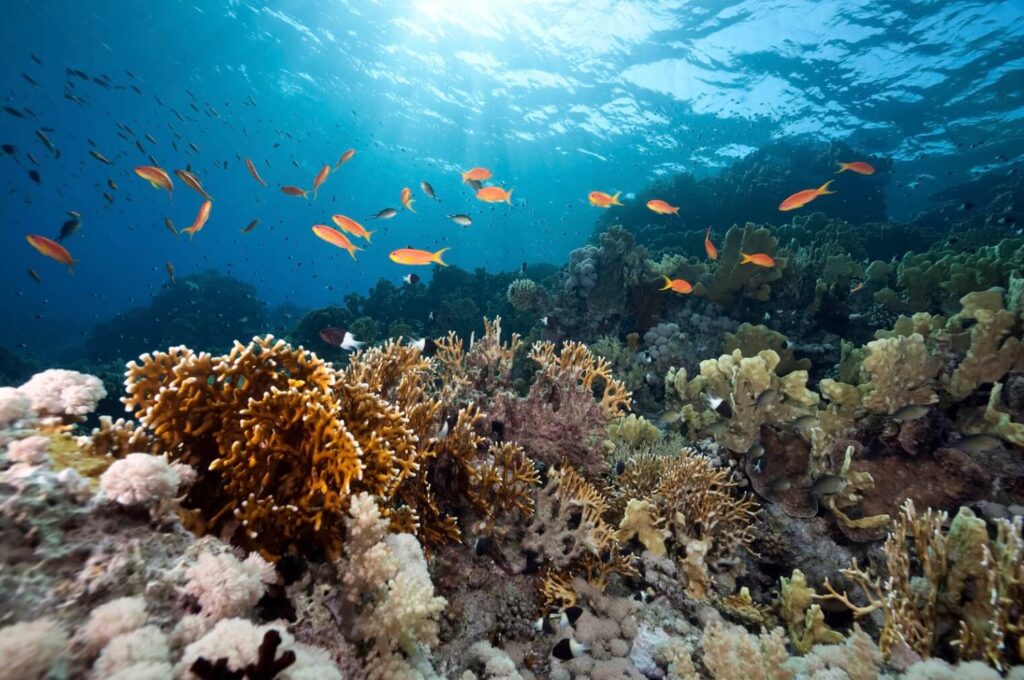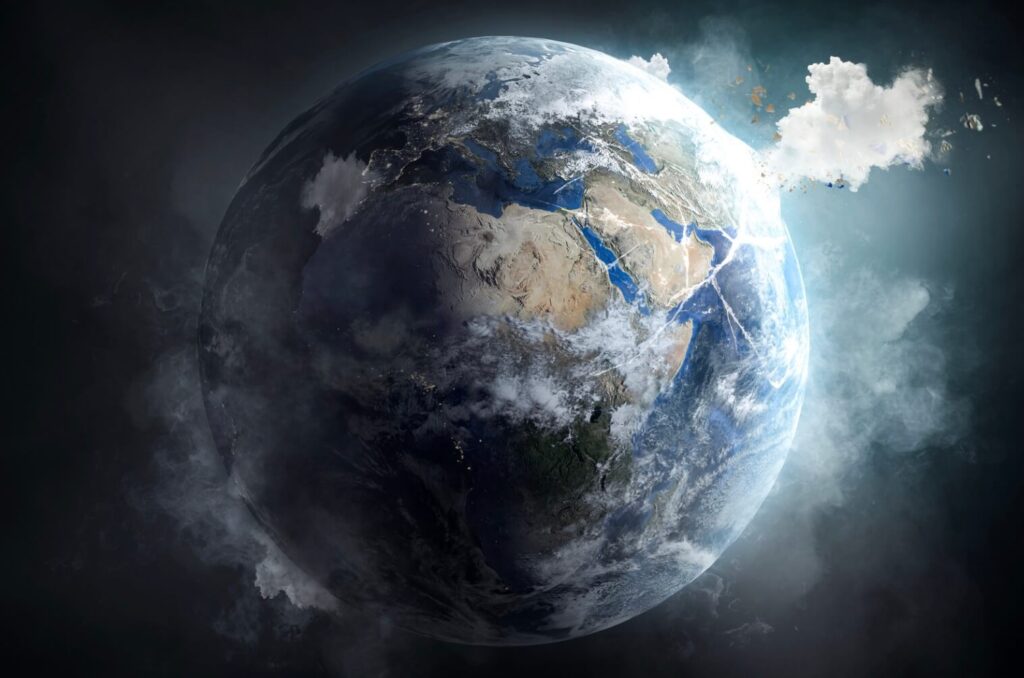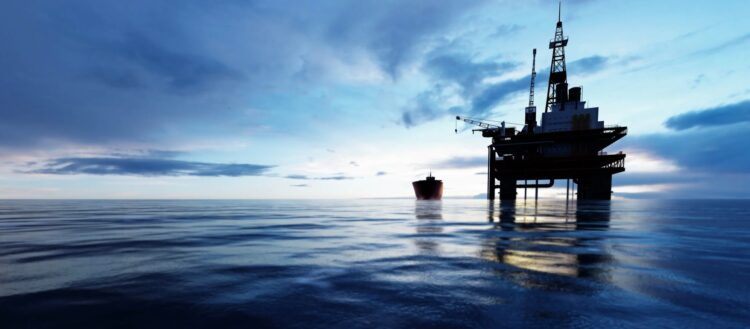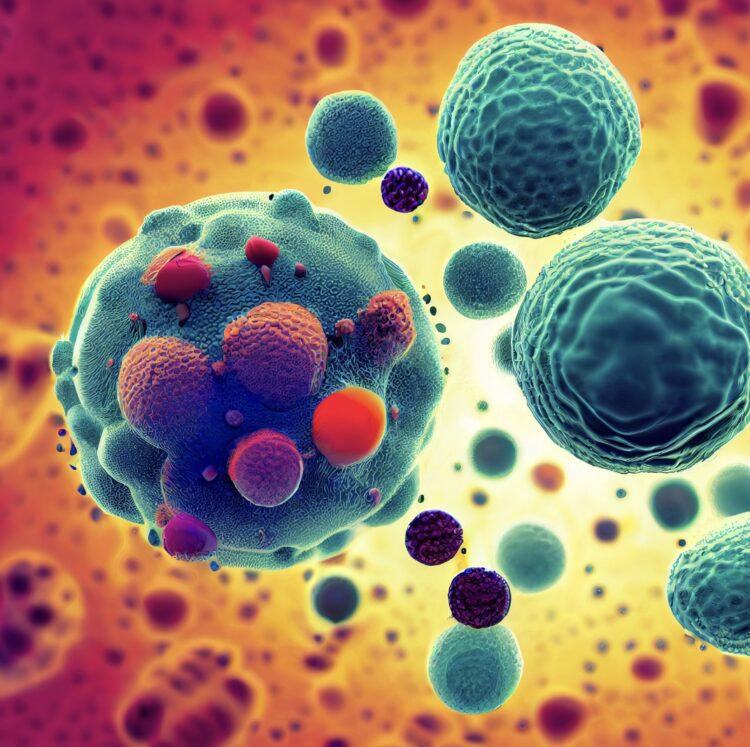Ocean acidification represents a growing threat to marine life. This phenomenon, resulting from the increased absorption of carbon dioxide (CO2) by the oceans, poses a challenge to marine ecosystems and biodiversity.
The carbon dioxide released by the burning of fossil fuels impacts not only the atmosphere but also the oceans, with up to a third of it being absorbed by them. In fact, nearly half of the CO2 generated in the last 200 years has been incorporated into the oceans. Therefore, when CO2 dissolves in water, it forms carbonic acid, reducing the ocean’s pH and creating a more acidic environment.
On one hand, this acidification alters the chemical balance of the oceans, affecting a wide range of marine organisms, from phytoplankton and corals to mollusks and fish. The reduction in pH makes it difficult for the formation of calcium carbonate shells and skeletons, which are essential for many marine species, weakening their resilience and survival.

Thus, coral reefs, cradles of marine biodiversity, are particularly vulnerable. Acidification hampers their growth and survival, exacerbating the threat they already face due to global warming and pollution. Additionally, the marine food chain is also threatened. Organisms such as crabs, clams, and oysters, key to commercial fishing, may experience difficulties in development and reproduction. This directly affects communities that rely on fishing as a source of food and economic livelihood.

Therefore, protecting these vital ecosystems not only preserves marine biodiversity but also safeguards the food security and livelihoods of millions of people worldwide. Global actions are needed to limit carbon dioxide emissions. Transitioning to renewable energy sources and reducing the use of fossil fuels are essential steps to decrease acidification. Moreover, protecting and restoring coastal ecosystems, such as mangroves and marshes, will be indispensable to help absorb CO2 and mitigate local acidification.











